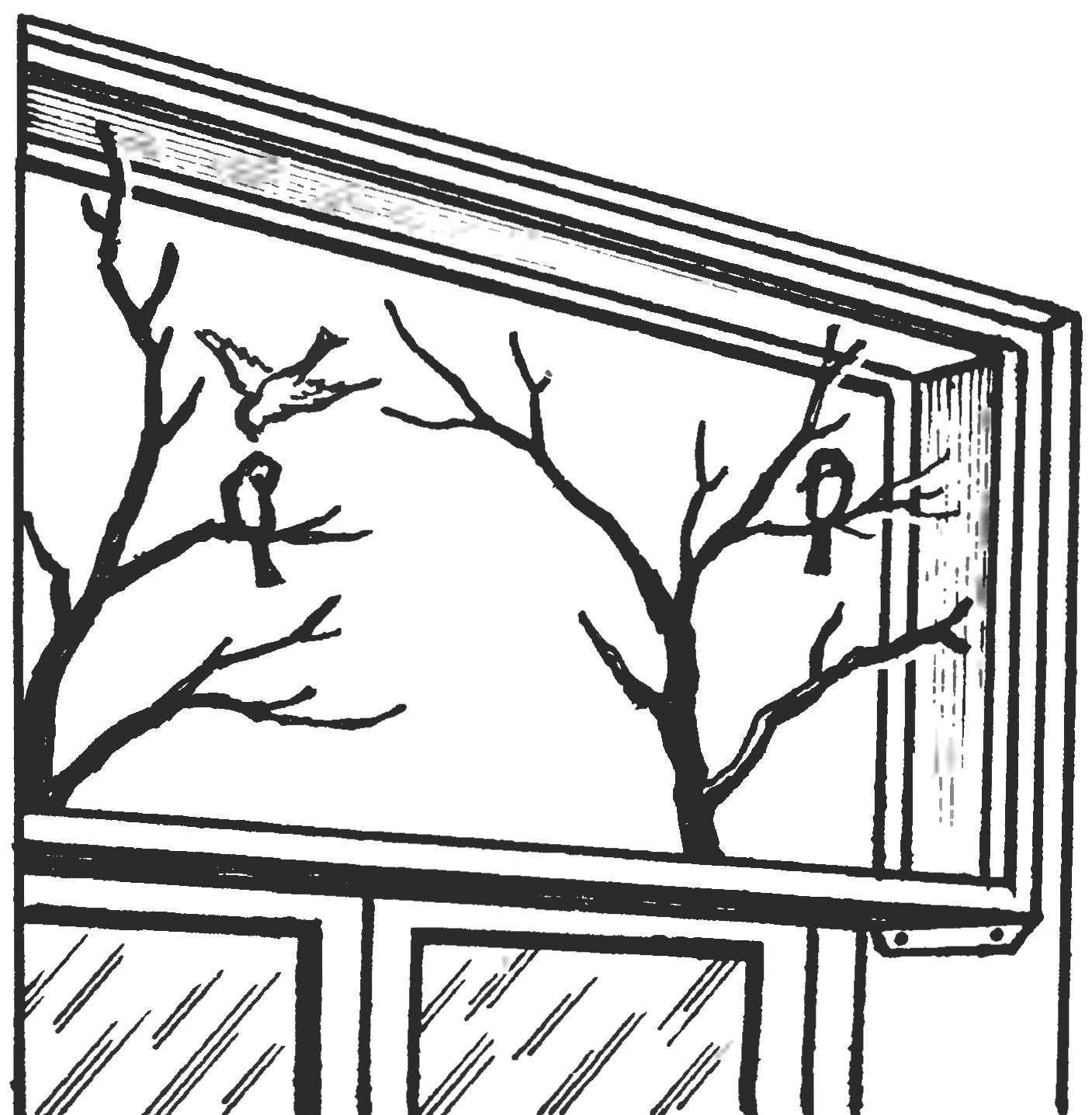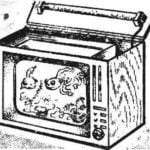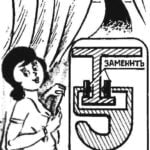 If the thickness of the walls in your home not less than 300 mm, it is possible to arrange in the window a cage for birds. So it will be solved the problem of finding for her a suitable place in the room satisfied your passion and, in addition, received an additional decorative effect.
If the thickness of the walls in your home not less than 300 mm, it is possible to arrange in the window a cage for birds. So it will be solved the problem of finding for her a suitable place in the room satisfied your passion and, in addition, received an additional decorative effect.
The calculation of the size
Start by measuring with sufficient accuracy the width of the opening of the window. It is advisable to do this in several places as is possible small deviations of the dimensions of the fault of the builders. Also, check how accurate the angles in the upper part of the opening, which will be incorporated into the enclosure. You can now proceed to calculate the total dimensions of the cells, based on your measurements. Note that the size of the enclosure should be approximately 10 mm smaller than the dimensions of the opening to make it easier to install in place.

Window bird aviary:
1 — the vertical bars of the framework; 2 — horizontal bars of the framework; 3 — the bottom of the cage; 4 — lid; 5 — hinge; 6 — mesh or glass sidewall of the enclosure; 7 — pressure rail; 8 — cover of the enclosure; 9 — support bar flap
The height of the enclosure depends on the number of birds that you want it to place. But in any case it must be at least 500 mm. And a width not less than half of the opening even if the window has a hinged sash: if you have their size of the enclosure shall be such that it does not interfere with the opening of the frame.
Calculating the depth of the cells, should consider not only the thickness of the walls: the enclosure can be inside the room, outside the window.
The construction of the walls of the enclosure
Consider the case of embedding cells for the entire width of the window.
Primarily manufactured for two frame rails with cross-section 30×20 mm, connected in a half-tree. The width of frames corresponds to an estimated width of the enclosure, and the height should be 30 mm smaller than final size: take into account the subsequent accession to the tops and bottoms of the enclosure.

The solution to the bottom of the enclosure:
1 — frame; 2 — mesh; 3 — slide-out drip tray made of tin; 4 — guide for pan
Frame serve to form two large mesh walls of the enclosure — front and rear. To do this they stuffed metallic mesh with a mesh size of 10×10 mm, or plastic, typically purchased to protect against mosquitoes. In the latter case, the cloth stuffed in the outer face of the frame, and on top of it they stuffed Reiki is made of flat baguette with a cross-section 25×5 mm for fixing the grid and covering up heads, fixing mesh nails.
There is another solution to vertical walls: glazed enclosure. For this purpose take thin glass of appropriate size. It gives a more decorative effect and improves visibility. In this case, the thicker part should be selected grooves for installation of glasses, and flat baguette (25×5 mm) will serve to consolidate.
Fit and finish
Education horizontal planes of the enclosure the width and depth is made using plywood panels with a thickness of 10 mm., their Width, respectively, must exactly match with width of the framework enclosure. To them these panels and are nailed or screwed on with screws, forming the roof and bottom of the cell. In the protruding from the opening window of the bottoms to do a little pre-hatch with cover which will serve to place the birds inside the aviary, feeding them and maintaining cleanliness in the cell.

Glazed enclosure option:
1 — frame with a sample under the glass; 2 — glass; 3 — slip rake; 4 — bracket
However, an enclosure can be improved if cleaning is to apply the traditional solution with a pull-out metal tray. In this case, the height of the horizontal bar at the bottom front of the frame to be slightly smaller so as to form a clearance for the installation of the pallet. If the enclosure is made not on the entire window, but only on its upper half, it is installed in the opening on the two support brackets, bars, nailed or embedded in the side wall at an appropriate height. Perches for birds and other accessories are installed exactly the same as in the normal bird cages.
B. VLADIMIROV



